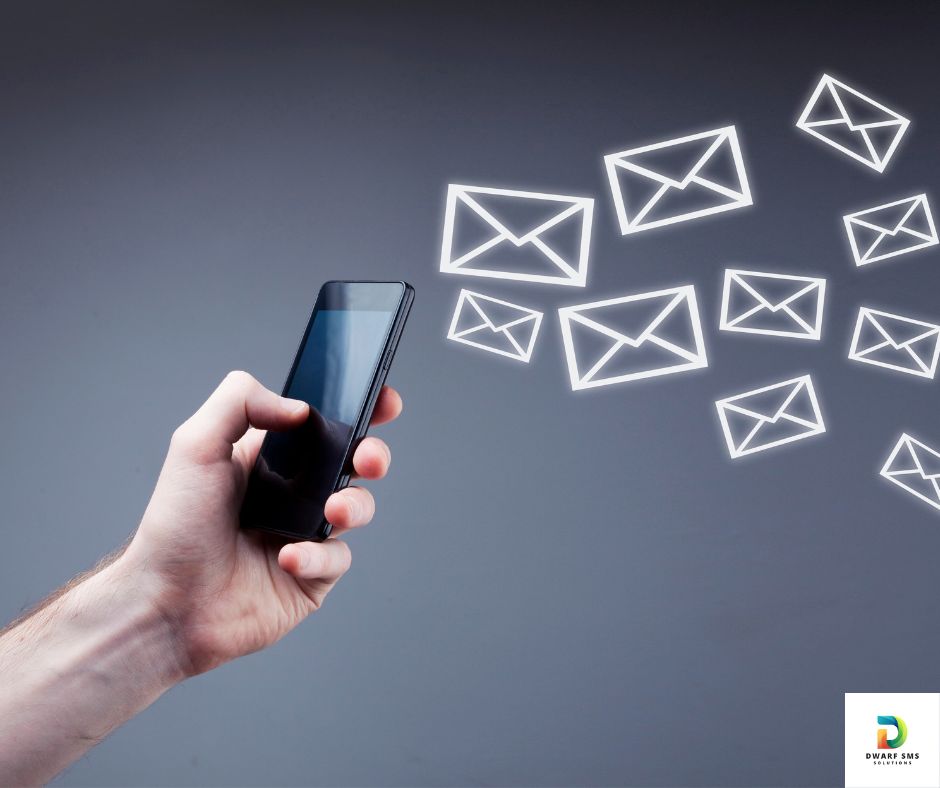
The Evolution of Bulk SMS Technology
The Early Days of SMS
SMS, or Short Message Service, started in the early 1990s. The first SMS was sent in December 1992 by Neil Papworth, a British engineer. The message said "Merry Christmas." This was the start of a new way to communicate, even though early SMS had limits like short message length and compatibility issues with different devices.
Rise of Bulk SMS
As mobile phone use increased in the late 1990s and early 2000s, businesses saw the potential of SMS for reaching many customers at once. Sending individual messages was too slow and difficult for large campaigns, so Bulk SMS technology was created.
Technological Improvements
1. Automation and Integration:
Early Bulk SMS services were basic and needed manual effort. Automation tools and APIs (Application Programming Interfaces) made it possible to connect SMS services with existing systems, allowing messages to be sent automatically.
2. User-Friendly Platforms:
Initially, using Bulk SMS required technical knowledge. Over time, platforms became easier to use, with features like contact lists, message scheduling, and templates.
3. Better Delivery:
The speed and reliability of sending messages improved with better mobile networks. Moving from 2G to 3G, and now 4G and 5G, has made message delivery faster and more reliable.
4. Personalization and Targeting:
Modern Bulk SMS platforms let businesses send personalized messages to specific groups of people, making messages more relevant and engaging.
Rules and Regulations
As Bulk SMS grew, regulations were needed to prevent spam and unwanted messages. Different countries introduced laws to protect consumers, such as the GDPR in Europe and the TCPA in the USA. This led to the development of Bulk SMS solutions that follow these rules, including features like opt-in/opt-out options and message tracking.
Current Trends in Bulk SMS
1. Rich Communication Services (RCS):
RCS is enhancing SMS by adding multimedia capabilities like images, videos, and interactive buttons, making messages more engaging.
2. AI and Chatbots:
Artificial Intelligence (AI) and chatbots are being used more in Bulk SMS. This allows for automated customer support, personalized recommendations, and interactive marketing campaigns.
3. Omni-Channel Integration:
Bulk SMS is now part of broader marketing strategies, working together with email, social media, and other channels to provide a consistent customer experience.
The Future of Bulk SMS
The future of Bulk SMS looks bright with ongoing technological advancements. AI and machine learning could lead to smarter messaging solutions. As 5G technology spreads, the speed and capabilities of Bulk SMS will improve, potentially integrating with other technologies like the Internet of Things (IoT).
Conclusion
From simple text messages to complex multimedia communications, Bulk SMS technology has evolved significantly. It remains a crucial tool for businesses to reach and engage their audience effectively. As technology advances, Bulk SMS will continue to offer new opportunities for innovation and better customer experiences. The evolution of Bulk SMS shows its lasting importance and ability to adapt in the fast-changing world of digital communication.

